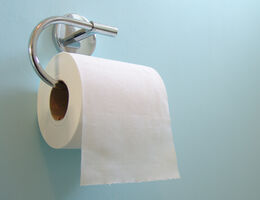
The only time you may be aware that your bladder is busy is when you need to empty it.
But in reality, your bladder works nonstop.
Shaped like a balloon, this hollow, muscular organ sits in your pelvis and is held in place by ligaments that are attached to other organs and to the pelvic bones.
Every 10 to 15 seconds, small amounts of urine are emptied into the bladder from the kidneys. The bladder stores urine until you are ready to go to the bathroom to empty it.
When the bladder is full, it swells into a round shape. If the urinary system is healthy, the bladder can hold up to two cups of urine comfortably for two to five hours.
To help keep urine from leaking into the urethra, the tube that allows urine to pass outside the body, circular muscles called sphincters close tightly around the bladder.
Nerves in the bladder tell you when it's time to urinate. As the bladder first fills with urine, you may notice a feeling that you need to urinate. As the bladder continues to fill, the sensation becomes stronger. When the bladder is full, the urge intensifies.
With normal urination, the brain signals the bladder muscles to tighten, squeezing urine out of the bladder. At the same time, the brain signals the sphincter muscles to relax, allowing urine to exit the body through the urethra.
Sometimes, however, things go awry. Aging, illness, infection or injury can cause a variety of disorders that affect the urinary system.
The good news is that many effective treatments are available for urinary disorders. Talk to your doctor about any symptoms, questions or concerns.
Source: National Institutes of Health
Reviewed 2/4/2025